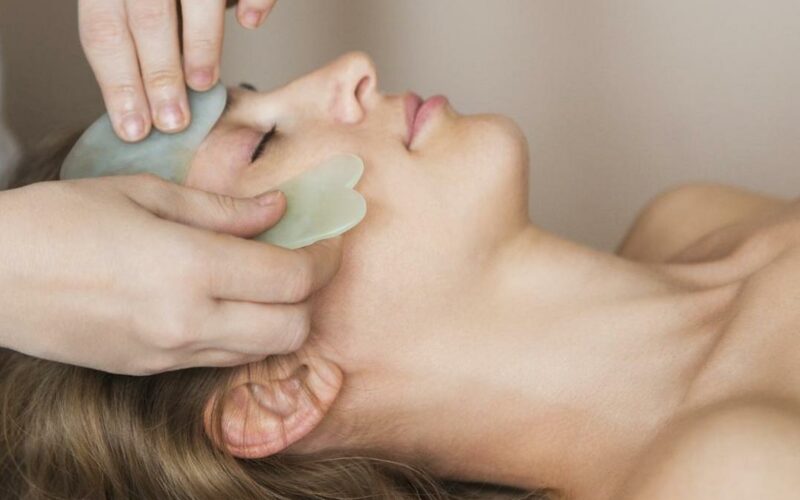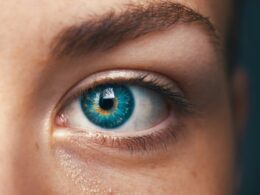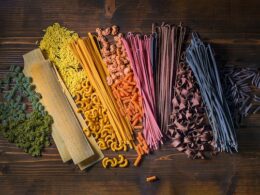If you’ve been considering giving this ancient practice a try, you’ll want to know why Gua Sha is so good for you. The benefits and characteristics of the technique are described in this article, as well as its safety and techniques. After you’ve read this, you’ll be better prepared to make an informed decision about whether or not it’s right for you.
Benefits
Gua Sha is a technique that works to release toxins from the body. During a gua sha session, you will use a gua sha tool to work on your neck and jawline. You should press the tool flat against the skin and apply pressure in upward motions. The technique should feel relaxing. The process should be repeated three to five times on each side.
Gua Sha is most effective when performed by a trained professional. Although it can also be used on the face, facial gua sha is not recommended for people with acne, open sores, or viral infections. Furthermore, people with clotting disorders should avoid using gua sha on their faces as the technique can cause tiny capillaries to break.
Another benefit of gua sha is its ability to reduce inflammation. It also promotes better circulation of blood and nutrients, which can decrease the effects of autoimmune diseases. In addition, stimulation of petechiae triggers the release of anti-inflammatory immune proteins like cytokines. However, gua sha does not cure autoimmune diseases, so you should always discuss your treatment with your primary healthcare provider.
Another benefit of gua sha is that it can relieve neck pain. It may also help relieve the symptoms associated with perimenopause. Women who experience perimenopause may experience night sweats, frequent peeing, and breast tenderness. Gua sha may also help women express milk. A case study from 2008 found that gua sha treatment improved the breast engorgement of a breastfeeding woman. While the study was small and unreliable, it does show that gua sha may help women express milk.
Gua sha also helps to reduce fine lines, wrinkles, and other signs of aging. It can also help with facial muscles that are tight. This can make your face appear more sculpted. It cannot get rid of a double chin, and it does not target fat, but it can relieve some puffiness and reduce the occurrence of facial muscle tension.
To perform gua sha, you will need a gua sha tool set. This tool should feel comfortable to hold and should have a smooth surface. Some gua sha tools are made of jade or stainless steel, while others are made of clear quartz. Make sure that you get a tool that feels right for you and your body type.
Characteristics
The characteristics and popularity of gua sha have not been well studied in Hong Kong. The study aims to identify the characteristics of gua sha usage and the factors that influence its practice. The variables examined include the frequency of usage, its purpose and mode of application, and the participant’s feelings during the process. The study was supported by a Summer Research Studentship Scheme grant awarded to Chris T Lam in 2012.
Gua Sha has a number of physiological and psychological effects. It increases microperfusion of surface tissue, induces immune and anti-inflammatory responses, and decreases pain and discomfort. Studies have shown that the massage induces nitric oxide, which is a key component of increased perfusion and vasodilation. This chemical compound has been linked to various physiological processes including pain modulation, endothelin-1, and mechanical force.
Gua Sha was practiced in ancient China as early as the Paleolithic age. It was originally used to treat pain and other ailments, including cholera. Traditional Chinese medicine practitioners continue to use it to boost the immune system and treat illnesses. Today, it is a popular massage technique, with seventy-four percent of Hong Kong residents using it to treat pain and breathing issues.
Gua sha can also be used on the face. It helps drain toxins and fluids from the face, and is particularly effective in reducing facial adhesions. It can also help relieve sinus congestion and reduce jaw pain. However, the treatment must be performed consistently to get the desired results.
Practicing gua sha on the face isn’t recommended for people with acne. However, the technique can be used on the neck and chest to help decrease the symptoms of acne. It can also reduce inflammation. The process may cause some redness, which signifies the blood rushing to the surface of the skin. In some cases, the treatment may cause small red spots on the skin called petechiae. These are the result of the release of toxic energy.
Another benefit of gua sha is that it is effective in treating muscular pain and breathing problems. The technique also improves flexibility. This is the reason why it is a popular massage technique worldwide.
Techniques
Gua Sha is a traditional Chinese medicine treatment, which has roots in the Paleolithic period. Traditionally, it was performed with a spoon or blunt coin. Modern practitioners use more polished tools, usually made of jade, quartz, or bone. This treatment can cause light bruising and petechiae, which are pink or red dots.
While gua sha is generally safe for most skin types, it is still important to follow the instructions closely, especially when it comes to sunburned skin. The New York-based dermatologist Joshua Zeichner advises against using gua sha on sunburned skin, and people who use retinol or frequent chemical exfoliants should be extra careful. The good news is that gua sha is widely available and can be used by everyone.
The first step in gua sha is to prepare the face. Oil and facial mist are important before using a gua sha tool. Use a soft to medium pressure, and move upwards using the tool. Start with the neck and move to the jaw, brow bone, and under-eye area. After that, finish with the forehead.
Gua Sha is a common practice in Chinese medicine. It began as a method to reduce pain in the body. A traditional gua sha procedure uses a flat stone tool to scrape the skin and can leave red marks. However, more modern gua sha techniques use softer tools and a gentler motion. A full session can last around 15 minutes.
Gua sha is a safe treatment when performed by a qualified licensed traditional Chinese medicine practitioner. However, it is important to consult with a medical professional before undergoing a gua sha treatment. People who have diabetes or clotting disorders should not undergo gua sha. In addition, those who have had surgery in the past six weeks should avoid gua sha.
Gua sha techniques are an excellent way to contour your face and eliminate puffiness. They also promote healthy circulation and skin tissues. Facial gua sha also helps reduce facial lines and strengthens facial muscles. As a result, your face will look firmer and younger than it did before you started gua sha.






